
Code: 44709795
The Three Functional States of Proteins
by Timir Tripathi, Vladimir N Uversky
Traditionally, different states of proteins have been defined based on their structures and functions. However, it is becoming increasingly clear that these criteria may not be sufficient to capture the complex properties of these ... more
- Language:
 English
English - Binding: Paperback
- Number of pages: 450
- More about this

You might also like
-

Maths Dictionary
10.47 € -28 % -

Dětské mandaly
6.05 € -24 % -

Neukáznění a neangažovaní
9.54 € -5 % -

Zápisník milovnice knih, 13 x 21 cm
9.13 € -24 % -

Návrat ruského Leviathana
12.32 € -7 % -

Nożyczki dziecięce z uchwytem tygrys
3.38 € -

Kruté požehnání
13.65 € -25 %
Give this book as a present today
- Order book and choose Gift Order.
- We will send you book gift voucher at once. You can give it out to anyone.
- Book will be send to donee, nothing more to care about.
Availability alert
Enter your e-mail address and once book will be available,
we will send you a message. It's that simple.
More about The Three Functional States of Proteins
You get 454 loyalty points
 Book synopsis
Book synopsis
Traditionally, different states of proteins have been defined based on their structures and functions. However, it is becoming increasingly clear that these criteria may not be sufficient to capture the complex properties of these molecules and that definitions based on thermodynamics and kinetics could be more appropriate. Emerging evidence indicates that under physiological conditions, most proteins can sample the native, droplet, and amyloid states. These states contribute to different cellular functions in accordance with their physical and structural properties. The native monomeric or oligomeric state of a protein is typically the most frequently observed state under cellular conditions. The biological functions of proteins are associated with this native state. Proteins in this functional state can be highly structured or intrinsically disordered (i.e., exist as highly dynamic structural ensembles of interconverting conformations), or they can combine features of order and disorder. The amyloid state with its cross-ß structure is a solid-like condensed state that is thermodynamically stable at the cellular concentrations of proteins, and therefore its formation tends to be irreversible. Although many known examples of amyloids are related to the pathogenesis of various human diseases, functional amyloids are found in all kingdoms of life. The droplet or phase-separated state is a liquid-like condensed state formed by the non-stoichiometric assembly of protein molecules, often via interaction with nucleic acids. This is the functional state of many membrane-less organelles, which are now considered major organizing elements of intracellular space. This book provides comprehensive coverage of these three protein states and their thermodynamics and kinetic properties. The book also considers their interactions and discuss how their internal organization as individual molecules and their collective organization as molecular assemblies are stabilized. It also discusses how these states are formed and examines the cellular functions associated with the specific states. Contain chapters written by leading global experts actively engaged in the field of the analysis of these three functional states of proteinsPresents a broad picture of the current, emerging, and evolving state of the protein states.Covers the basics of the field along with recent advancements, it is expected that it will also attract readers from diverse subject areas
 Book details
Book details
Book category Books in English Mathematics & science Biology, life sciences Biochemistry
184.37 €
- Full title: The Three Functional States of Proteins
- Subtitle: Structured, Intrinsically Disordered, and Phase Separated
- Author: Timir Tripathi, Vladimir N Uversky
- Language:
 English
English - Binding: Paperback
- Number of pages: 450
- EAN: 9780443218095
- ISBN: 0443218099
- ID: 44709795
- Dimensions: 229 × 151 mm
- Date of publishing: 01. September 2024
Trending among others
-

Wilson and Walker's Principles and Techniques of Biochemistry and Molecular Biology
53.40 € -

DHEA Breakthrough
7.59 € -20 % -
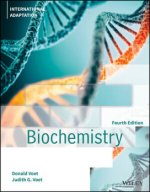
Biochemistry, Fourth Edition International Adaptation
73.23 € -8 % -

Ice Cream
103.02 € -
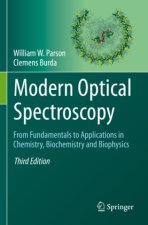
Modern Optical Spectroscopy
108.36 € -4 % -

Schaum's Outline of Biochemistry, Third Edition
29.98 € -21 % -
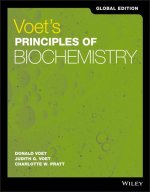
Voet's Principles of Biochemistry, 5th Edition Glo bal Edition
73.23 € -8 % -
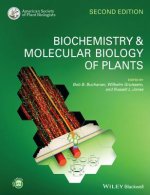
Biochemistry and Molecular Biology of Plants 2e
130.55 € -5 % -

Exercise Biochemistry
131.06 € -12 % -
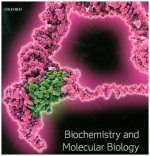
Biochemistry and Molecular Biology
69.12 € -
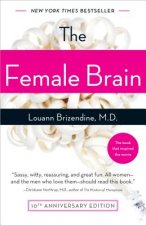
Female Brain
17.14 € -9 % -
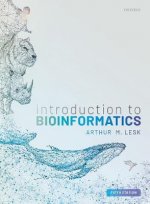
Introduction to Bioinformatics
60.29 € -
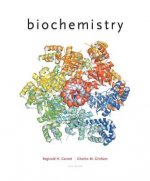
Biochemistry
405.73 € -
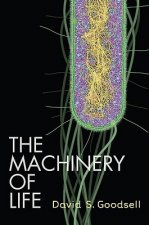
Machinery of Life
31.83 € -19 % -

Plant Biochemistry
126.64 € -

Environmental Soil Biology
123.36 € -

Polar Lipids
132.19 € -

BIOS Instant Notes in Biochemistry
35.33 € -5 % -
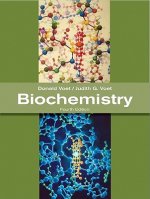
Biochemistry
416.62 € -
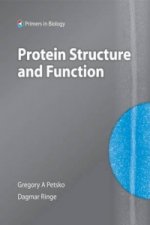
Protein Structure and Function
81.34 € -7 % -
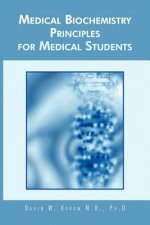
Medical Biochemistry Principles for Medical Students
26.29 € -

Cell: A Very Short Introduction
9.44 € -28 % -
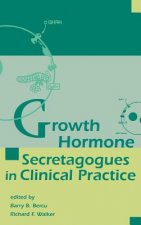
Growth Hormone Secretagogues in Clinical Practice
423.50 € -
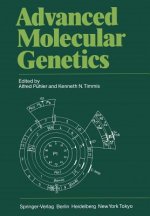
Advanced Molecular Genetics
169.58 € -
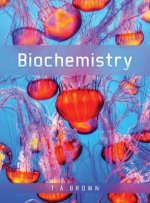
Biochemistry
54.12 € -
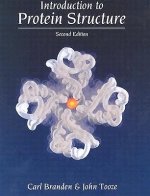
Introduction to Protein Structure
109.08 € -

Marks' Essentials of Medical Biochemistry
120.07 € -
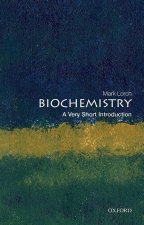
Biochemistry: A Very Short Introduction
9.03 € -28 % -

Medical Biochemistry
161.05 € -
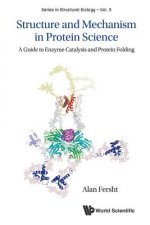
Structure And Mechanism In Protein Science: A Guide To Enzyme Catalysis And Protein Folding
89.87 € -
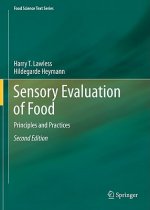
Sensory Evaluation of Food
92.13 € -

Pulp and Paper Industry
203.79 € -
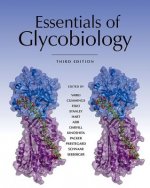
Essentials of Glycobiology, Third Edition
195.57 € -
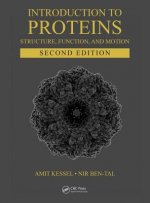
Introduction to Proteins
114.52 € -5 % -
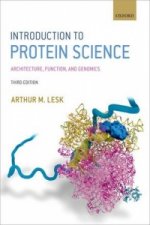
Introduction to Protein Science
78.26 € -5 % -
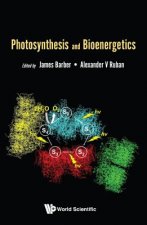
Photosynthesis And Bioenergetics
151.19 € -
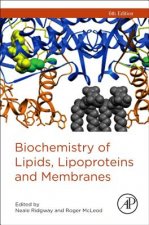
Biochemistry of Lipids, Lipoproteins and Membranes
114.42 € -

Case Files Biochemistry 3/E
49.09 € -
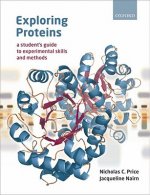
Exploring Proteins
66.35 € -
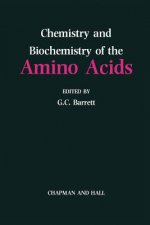
Chemistry and Biochemistry of the Amino Acids
111.24 € -
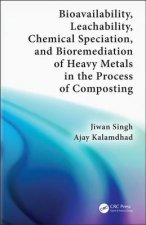
Bioavailability, Leachability, Chemical Speciation, and Bioremediation of Heavy Metals in the Process of Composting
147.91 € -
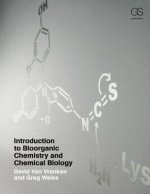
Introduction to Bioorganic Chemistry and Chemical Biology
103.74 € -5 % -

Protein Engineering Techniques
62.55 € -
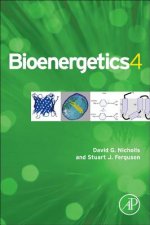
Bioenergetics
84.94 € -4 % -
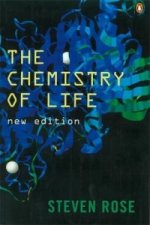
Chemistry of Life
13.55 € -28 % -

Proteomics Protocols Handbook
372.86 € -
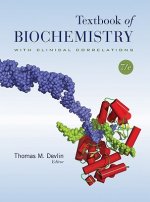
Textbook of Biochemistry with Clinical Correlations
338.86 € -
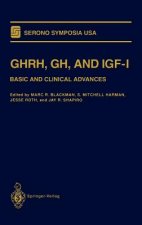
GHRH, GH, and IGF-I
244.98 € -

Ligands
248.57 € -17 %
Collection points Bratislava a 2642 dalších
Copyright ©2008-24 najlacnejsie-knihy.sk All rights reservedPrivacyCookies



 15549 collection points
15549 collection points Delivery 2.99 €
Delivery 2.99 € 02/210 210 99 (8-15.30h)
02/210 210 99 (8-15.30h)